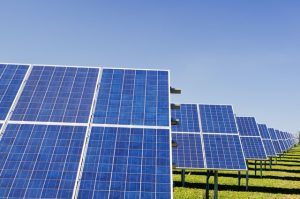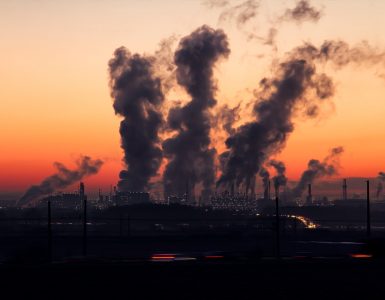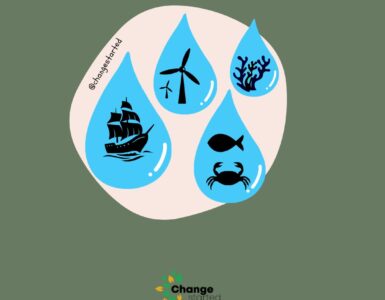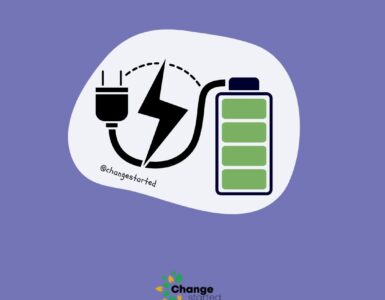If you have seen Charlie Chalpin movies of the early 20th century, like Modern Times, it gave us a glimpse into the life of an average person of that time.
Actors including Charlie Chaplin were shown performing the role of factory workers involved in mundane tasks on machines. Keeping Charlie’s eccentrics, satire, and touches of humor aside, the movies showed the rise of industrialization that enabled countries to achieve economic prosperity.
The category of workers that was playing a huge part in this growth story, was given the term ‘blue-collar workers’. The segment represented workers in sectors like manufacturing, mining, power generation, construction, and transportation.
With advancements in technology in the later part of the 20th century, a new category of the workforce emerged which worked in office settings and were termed, ‘white-collared workers’. Over time more categories of workers were added like pink-collared (sales, customer relationship, etc.) and grey-collared, etc.
As we all know, rapid industrialization and commercial activities have led to global warming. The climate extremes are not only putting people at risk but are also causing a slowdown in economic growth and a decline in productivity. Therefore it is imperative that this problem is addressed urgently and decisively.
This would require innovative solutions and a lot of workers equipped with the desired skills. This presents unique opportunities and a new category of the workforce, which can be termed ‘green-collar workers’.
The green-collar workers will be responsible for doing ‘green jobs’ that will play a key role as countries and businesses make the transition to net-zero emissions.
Green Collar Workforce will hold the key to a Sustainable Planet
As the global economy decarbonizes, all the existing businesses will need to modify their existing designs, policies, and frameworks to adapt to the climate challenges.
Moreover, certain industries will face a little more heat than others. Take for example Agriculture, given the challenges of droughts, floods, and water scarcity, the industry stakeholders will need climate-resilient farming techniques like organic farming, sustainable agriculture etc.
The other industry that is set to get disrupted is power generation, as the world makes a transition to renewable and non-fossil fuel-based sources for its energy, the existing workforce faces serious risks of being out of work if they don’t acquire new skills.

According to a Deloitte report, more than 800 million jobs across the globe, which represents about 25 percent of the global workforce are vulnerable to climate extremes and economic transition impacts.
The report cites agriculture, transport, construction, conventional energy, and heavy industry & manufacturing as the sectors that will be impacted the most.
This brings us to the positive part of the story, as per Deloitte analysis, more than 300 million additional jobs globally can be created by 2050 if the decarbonization opportunity is managed well by the industry and the policymakers.
According to the International Labour Organization, “The green transition can generate millions of jobs, but these are conditional on the availability of relevant skills and training.”
The Green Collar workforce is not only needed for emerging sectors like renewables, but to achieve a net-zero world, the existing workers from other sectors also need to be re-skilled and trained. Their knowledge and experience will be extremely valuable as the economy deals with the catastrophic impacts of climate change and makes the transition to a sustainable future.
Workers from across sectors must expand on their previous roles and work towards reskilling for a green economy. Therefore it is more about existing blue-collar and white-collar employees equipping themselves with knowledge about green technologies and sustainable alternatives.
For example, a fossil-fuel automobile worker can switch to a sustainable mobility company, a wheat farmer can look to grow millets, and an accountant can also learn carbon accounting, among many other similar transitions.
In addition, green-collar jobs will also be needed for the new green sectors like solar, hydrogen, carbon capture, biofuels, plastic alternatives, and meat alternatives, among others, which will need corresponding courses and certifications from educational institutions.
Then again, many jobs necessary for an inclusive green economy do not yet exist currently but can be created by green entrepreneurs and startups that work in emerging technologies.
To access green jobs, workers will need to start learning the basics of climate and gradually expand to more specialized knowledge needed in their respective roles.
The upskilling can be done through a short course on climate education, and further enhanced through a specialized course, which can be financed by the government or the private sector.
The Government will also need to devise integrated strategies encompassing public policies in the areas of education, skill development, and labor standards to ensure green jobs are safe with due compensation and provide opportunities for career progression.
Finally, to ensure we have a greener future, the new green-collar workforce will play a critical role.






Add comment